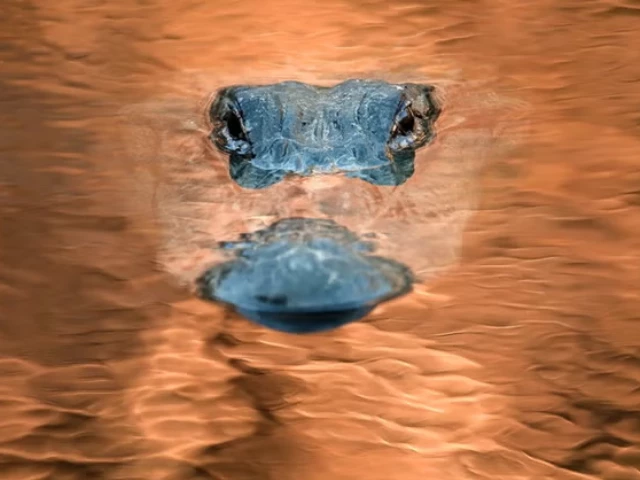US sewer systems become secret sanctuaries for alligators, raccoons, and others
Researchers reveal surprising abundance of wildlife in underground pipes.

Florida’s subterranean sewer systems, typically associated with waste, are unexpectedly teeming with wildlife, according to a new study.
Scientists have discovered that the stormwater sewer systems (SSS) across Florida, particularly in Alachua County, are being used by a variety of animals, including alligators, raccoons, and a dozen other species, to navigate the urban landscape.
This phenomenon has surprised researchers, who used camera traps to monitor wildlife activity in the pipes.
The study, published in the Urban Naturalist journal, found that 35 species of vertebrates were using the sewer system as a path through the city. These species included amphibians, reptiles, and birds.
Among the reptiles, the American alligator (Alligator mississippiensis) was observed at the greatest number of sites.
“The abundance of animals down there was surprising,” said Alan Ivory, study co-author from the University of Florida. The study showed that many reptiles, including the Yellow-bellied Slider turtle, were using the pipes as corridors between ponds. The system, researchers suggest, allows animals to avoid crossing busy roads and the dangers they pose.
The study’s findings highlight a new understanding of how wildlife is adapting to human-altered environments. "Most of the reptiles were found at sites where water held for over half of the study period," researchers noted.
Some species, particularly smaller animals like raccoons and bats, appear to be swept into the sewers after heavy storms when large volumes of water enter the system. “In 4 of the 5 sites where alligators were observed, we found them swimming from one pond to another, avoiding busy roads,” the study said.
Other animals spotted in the sewer system included possums, armadillos, cats, squirrels, black rats, egrets, wrens, and toads.
The researchers hope their findings will encourage urban planners to consider more ecologically conscious designs in future cities. By understanding how wildlife is using urban sewer systems, planners may be able to create safer paths and mitigate risks for species caught in these environments.
However, the study’s authors acknowledge limitations in their research, noting that amphibians and reptiles may have been underreported. The camera traps were designed to detect animals based on heat signatures, which makes it harder to spot cold-blooded species like amphibians and reptiles.
“Further studies are needed to understand why some amphibians and reptiles enter the sewer system and how to prevent them from getting trapped,” the researchers stated, suggesting that devices like exclusion barriers or climbing aids could be used to help these animals.
The study shines a light on the growing need for wildlife-friendly urban infrastructure and calls for more research to protect species in cities.























COMMENTS
Comments are moderated and generally will be posted if they are on-topic and not abusive.
For more information, please see our Comments FAQ